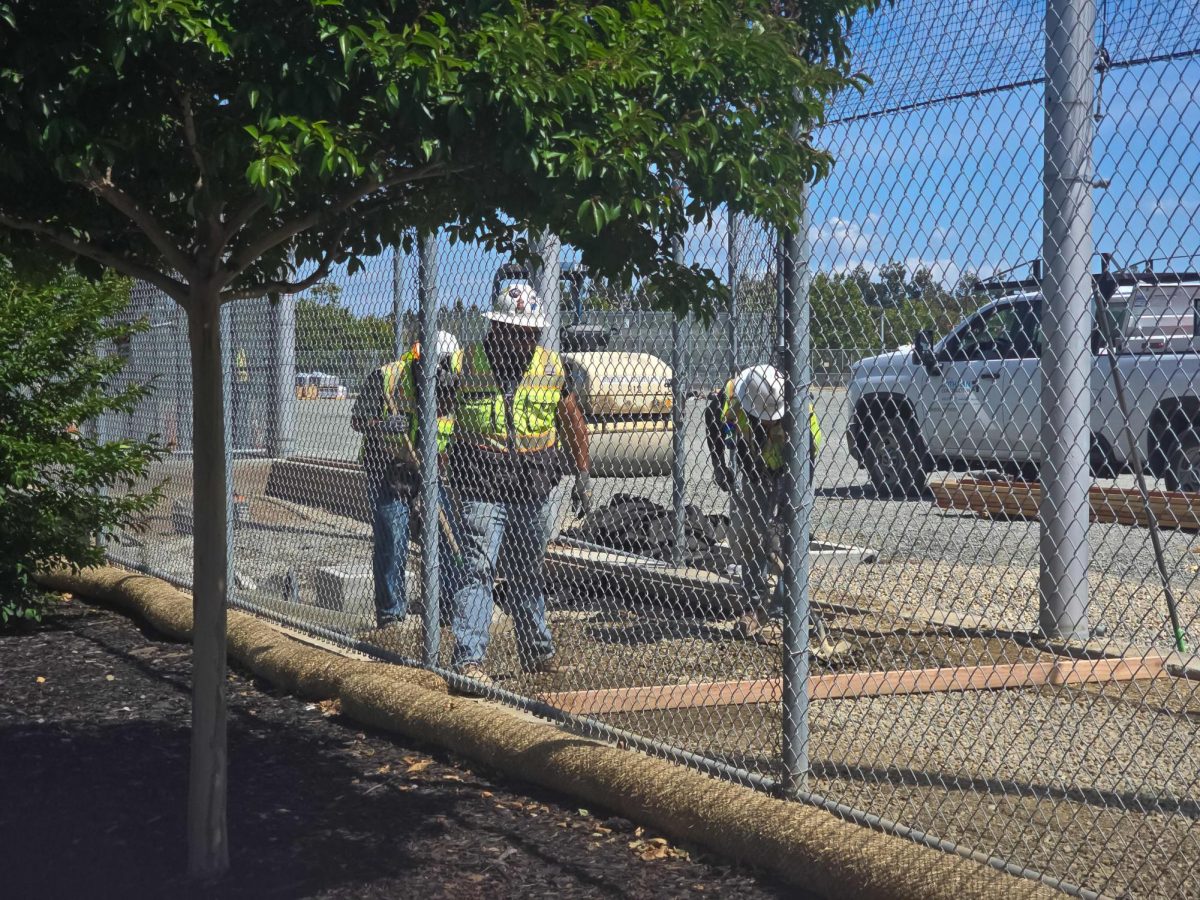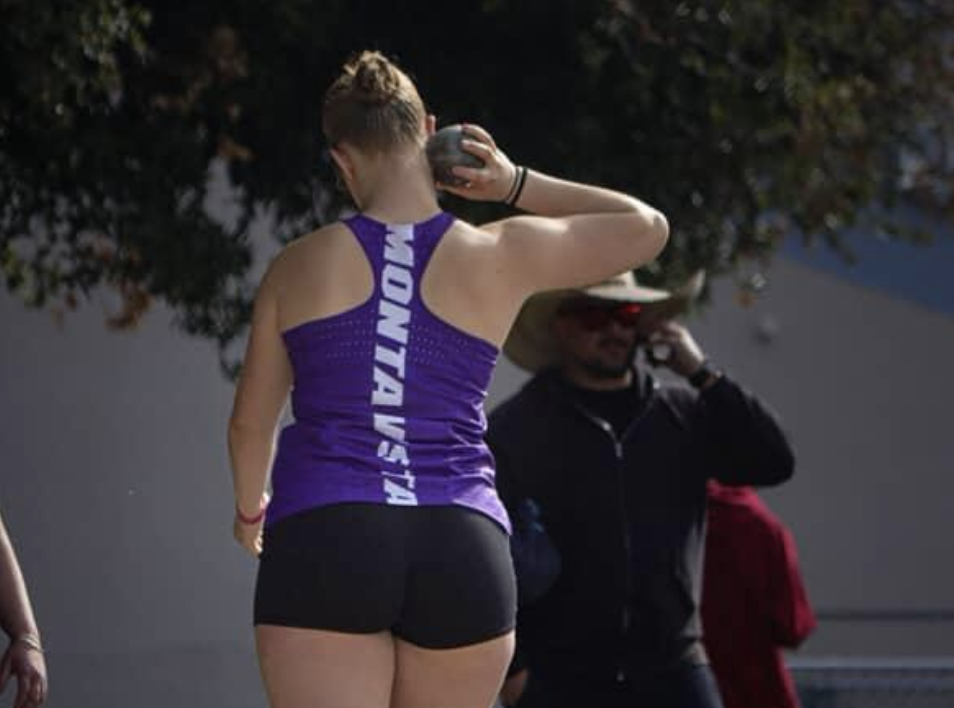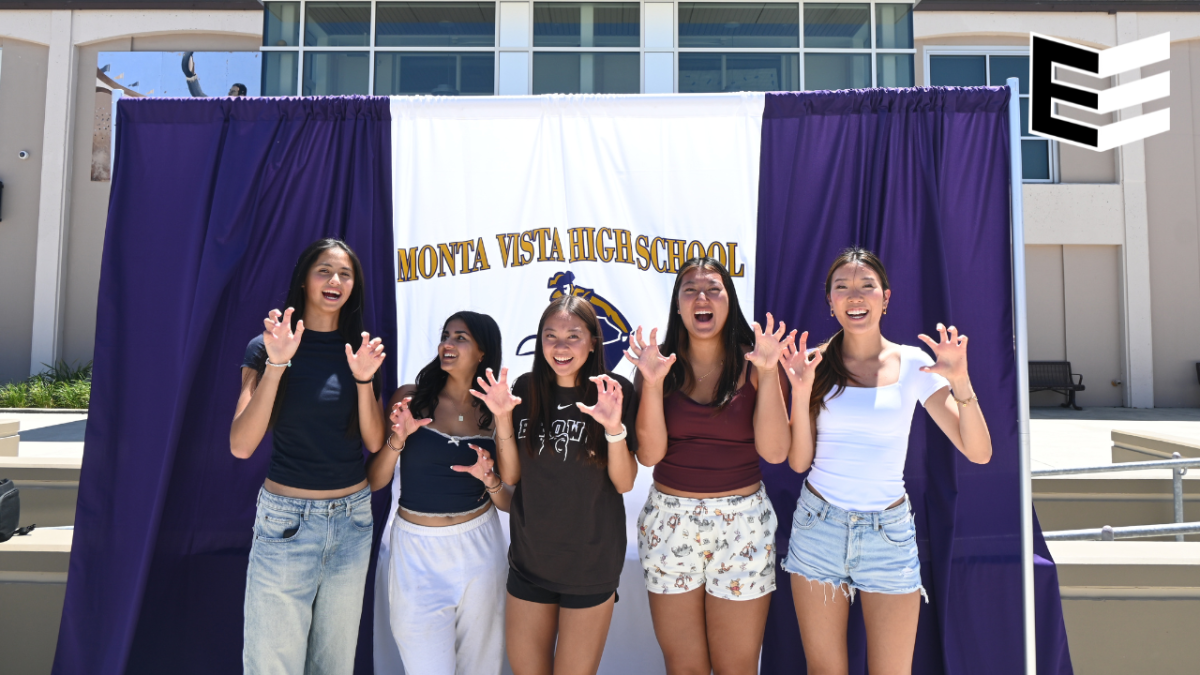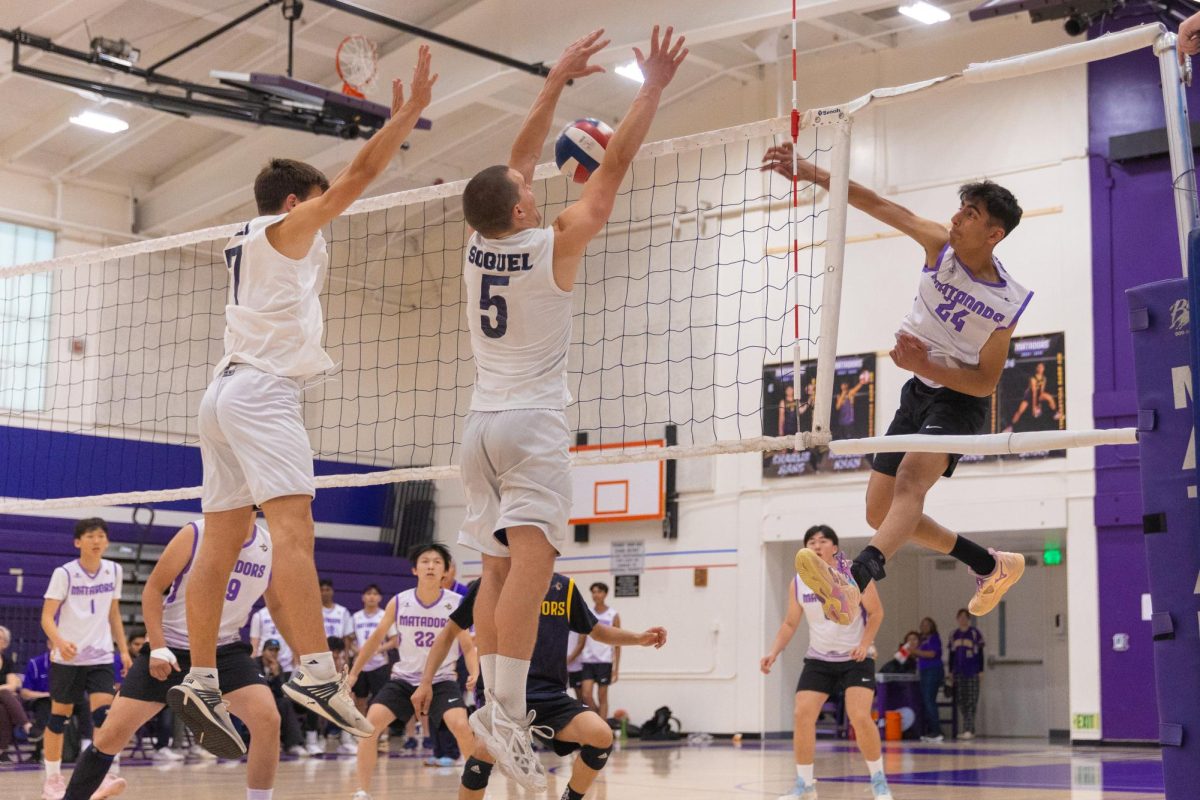As part of a new modernization project to renovate the nearly 15-year-old turf across FUHSD, construction began at the MVHS lower field on Monday, March 17, and is scheduled to expand to the upper field the day after the Class of 2025’s Graduation Ceremony. The project was made possible through the Measure G Bond Program, which funded the $6.9 million construction. Besides providing a replacement for the fields’ worn-down turf, the new turf includes several changes aimed at improving both the fields’ safety and functionality, including painting new lines for Girls Flag Football.
According to site superintendent Alex Islas from Robert A. Bothman Construction, the construction company working on the renovation, the MVHS fields had a lot of noticeable wear and tear, highlighting that the damage could even be seen from satellite pictures on Google Maps.
In addition to the turf being at the end of its service life, Superintendent Graham Clark said the district deemed the replacement necessary through the conduction of G-Max tests, which measure the turf’s ability to absorb impact when a person falls on top of it, something that is lost over time. Islas adds the field drained water slower than the 10 inches-per-hour standard during percolation tests. According to Islas, this was fixed through the replacement of the original turf’s Class Two Perm Rock drainage layer with drain rock, which allows water to drain faster due to its lack of fine stones. The addition of a rock pad, a one-inch cushion layer underneath the turf, also helps guide water to drains while reducing the impact of falls.
Islas notes that at the time of the construction of the original fields, this rock pad was not yet a widespread option. Similarly, Clark explains that new turf will include olive pits rather than crumb rubber, which Islas says is a more environmentally-friendly alternative that stays cooler in the heat.
“At that time, the government kind of encouraged us to use crumb rubber,” Clark said. “But since that time, we’ve decided to go with more organic fill. All of those little black things that the turf used to have, they’ll all be gone. It will be all a pit. And so if that does come out and blow out in the wind it’ll naturally degrade.”
While efforts to address the environmental and safety concerns surrounding turf, such as the presence of harmful chemicals, are being made, Clark notes that there was still opposition to the use of synthetic turf present at board meetings. However, after consulting landscape architects from Verde Landscape, who have experience working with both synthetic turf and natural grass, as well as a 2023-2024 study conducted by the Interdisciplinary Research and Design class at MVHS, the district continued with its decision to use turf for its athletic fields.
According to Clark, a key consideration in the district’s decision to continue with turf is the field’s use for athletics, which makes it different from other grass areas such as private lawns or public parks. Clark says that turf is better able to keep up with the constant demand from both PE classes and sports teams, and is well-suited to handle rain and harsh weather.
“You can’t play an organized game on grass until it dries out, because if you do, you just tear it up and it turns into a mud pit,” Clark said. “The demand of the field is pretty great. You have PE classes during the day and as soon as school ends, you have athletic teams out there practicing. Some of those teams even practice in the rain. With grass, you can’t do that — you have to let it rest.”
Another consideration was the financial and logistical complexity that would be associated with switching to a grass field. Not only would the change itself be costly, but the additional maintenance required to keep the fields in a playable condition would add a burden to the district.
“To go back to natural grass you have to put a new sprinkler system in, take out dirt, and bring in new soil for grass to grow in,” Clark said. “We’re certainly saving water, and we have a lot of droughts and water restrictions. It takes a lot of effort to keep natural grass. Across the district, we have 15 fields, so you would have to get grass mowers for that.”
However, despite the improvements that new turf could offer, the process of renovating the turf negatively impacts sports teams that require the field for practice, according to senior and Varsity Baseball player Sravik Sajja, who mentions that the team currently only has access to the batting cages for practice because the bullpen was demolished despite the coach’s requests for it to be left alone. He says that team’s defense either does not have a place to practice or is forced to practice on the Kennedy Middle School field, which negatively impacted their performance throughout the season.
“I thought it was terrible timing, because this is one of the best teams we’ve had in six years, and especially because it’s my senior season,” Sajja said. “The grass is so thick because they don’t mow it, so the ball just slows down. We’re not really practicing realistically. We just lost a couple of close games, which, honestly, if we had practice, we could have made a couple of changes.”
However, Clark says that the district’s priority was to schedule the construction around major school events like the Class of 2025’s Graduation and Homecoming football games, and to ensure that at least one field is open during the sports seasons. Additionally, Islas mentions that the construction process is as optimized as possible to ensure the construction is finished relatively quickly.
“This is a pretty quick turnaround,” Islas said. “We’re only going to be here for seven months. Two of these fields are getting demolished, recycled, with new header boards, improvements on the drainage, the new rock, the grading, the turf, the cushion — everything is pretty much as efficient as it can be.”












